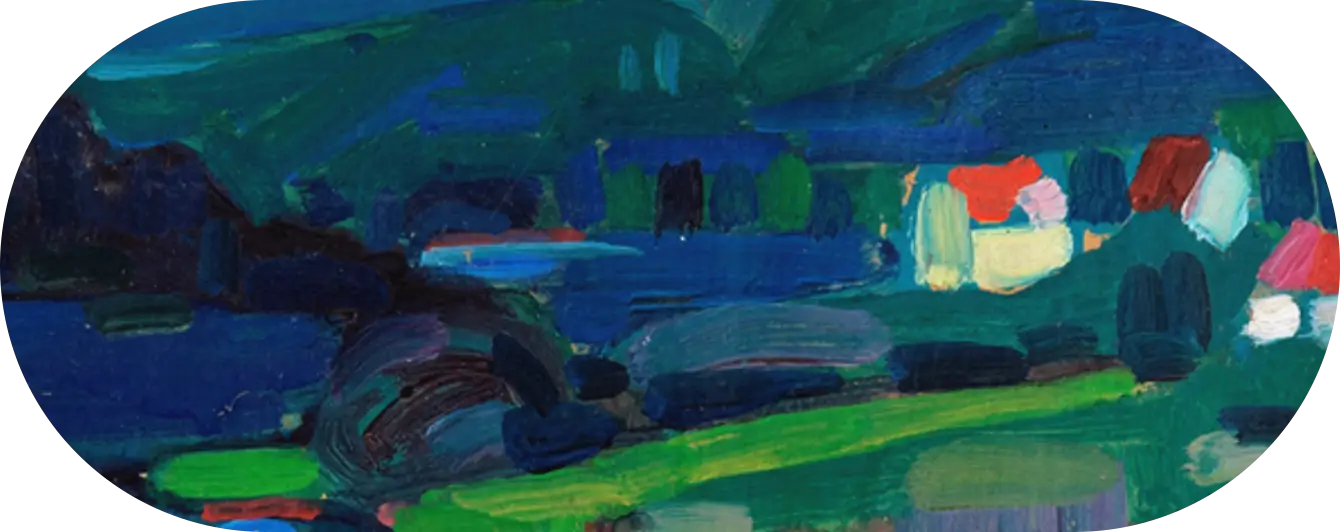Our Goals
A Secure Free Desktop
The free desktop is a capable drop-in substitute for Windows and macOS today. However, important areas of the platform still need work, particularly around sandboxing and accessibility. We’re involved in work around Flatpak, portals, and other infrastructure components trying to close these gaps.
Phones without Monopolies
The most viable direction for a phone operating system independent of the Apple/Google duopoly is expanding the existing free desktop ecosystem to phones. We are involved in this at all levels, from hardware enablement work in the kernel, to input work in GNOME Shell, to making the UI in individual apps adapt to the phone form factor.
Local-First Collaboration
For free software to succeed today, it needs to support multi-device sync and collaboration. Local-first makes this possible without handing data over to cloud providers or the need to self-host services. We are working towards making it possible for any app to easily add local-first collaboration.
Image-Based OSes
The package-based model of managing and updating Linux systems has disadvantages in terms of reliability and security. Image-based systems like GNOME OS address these issues. We’re working on getting them ready for a wider audience.
Hardware Longevity
The majority of carbon emissions over a device’s lifetime happen during its production. Our goal is to keep devices working for as long as possible.
Device repairability should also include software repairability. People should not face restrictions such as locked bootloaders, part pairing, or lack of documentation.
Ecosystem of Respectful Apps
It’s not enough for the operating system to respect your rights. The apps need to do it too. We try to empower app developers to make world-class free software apps with better system APIs, better developer tools, and better visibility and distribution on Flathub.
Principles
We build software as emancipatory technology. Our approach takes inspiration from a wide range of prior art, from the original software freedom definition, to the GNOME project’s focus on inclusivity and maintainability, the local-first research from Ink & Switch, and the holistic lifecylce view from Permacomputing, among others.
Software Freedom
Computing is too important to be left to corporations or governments. It must be developed as a commons, open to individual and collective participation and oversight.
Built For Everyone
It’s not enough to build software that gives people rights. It also has to solve their problems in a way that will work for them, regardless of technical expertise, physical abilities, device form factor, language, etc.
Design-First
Technology should be developed in service of the user experience, not the other way around. Design is not just how something looks, but also how it works, and what it does to begin with. We collectively take responsibility for making our software a joy to use.
Vertical Integration
Much of our work is on low-level infrastructure, but we don’t lose focus of why we do that work: Providing a great experience for people who don’t care about computers and just want to get things done. This does not work if you build infrastructure as a random box of legos, for others to assemble — it’s impossible to ensure quality that way. Instead, we think about real-world use cases and focus our efforts on an opinionated stack that covers those.
Collapse Awareness
The climate crisis can no longer be contained or predicted. In the coming decades we will see natural ecosystems, industrial supply chains, and entire societies collapse. It’s unclear what role, if any, computers will play in the long term. However, given how deeply enmeshed they are in critical infrastructure today, we will definitely need them for some time to come.
We believe the best thing to do today is to make software resilient by supporting older hardware, using less power, supporting offline use, and allowing for easy repair.
Adversarial Security Posture
Given the increasing threats posed by mass surveillance as well as targeted attacks, we need to significantly raise the bar for threat modeling in end-user software development.
This is important for everyone, including platform developers. They are especially compelling targets as compromising them can enable supply chain attacks. Being a developer should not mean having to turn off security features.
Post-Internet
Internet access is increasingly precarious in many parts of the world. Software needs to adapt to this by being able to work fully offline. Network access should be nice to have rather than a requirement.
Software should only use the network if necessary, and it should make this transparent to allow people to navigate risks.
Post-Web
Web technologies are brittle and complex. They encourage a centralized client-server model, and are almost entirely captured by Big Tech. For anything other than static content, local native apps in a sandboxed environment like Flatpak are a better option.
We focus on GTK as the only independent, community-driven, cross-platform toolkit with a significant ecosystem.
Upstream-First
We believe in working in collaboration with the rest of the community, and improving things for everyone. We want to fix problems at the right layer, rather than papering over the cracks downstream.
Respect for Attention
People’s attention is precious. Software should feel calm and distraction-free. It should allow for deep focus on the task at hand rather than calling attention to itself.
At the platform level, we try to avoid and counteract opportunities and incentives for apps to distract or addict people.
